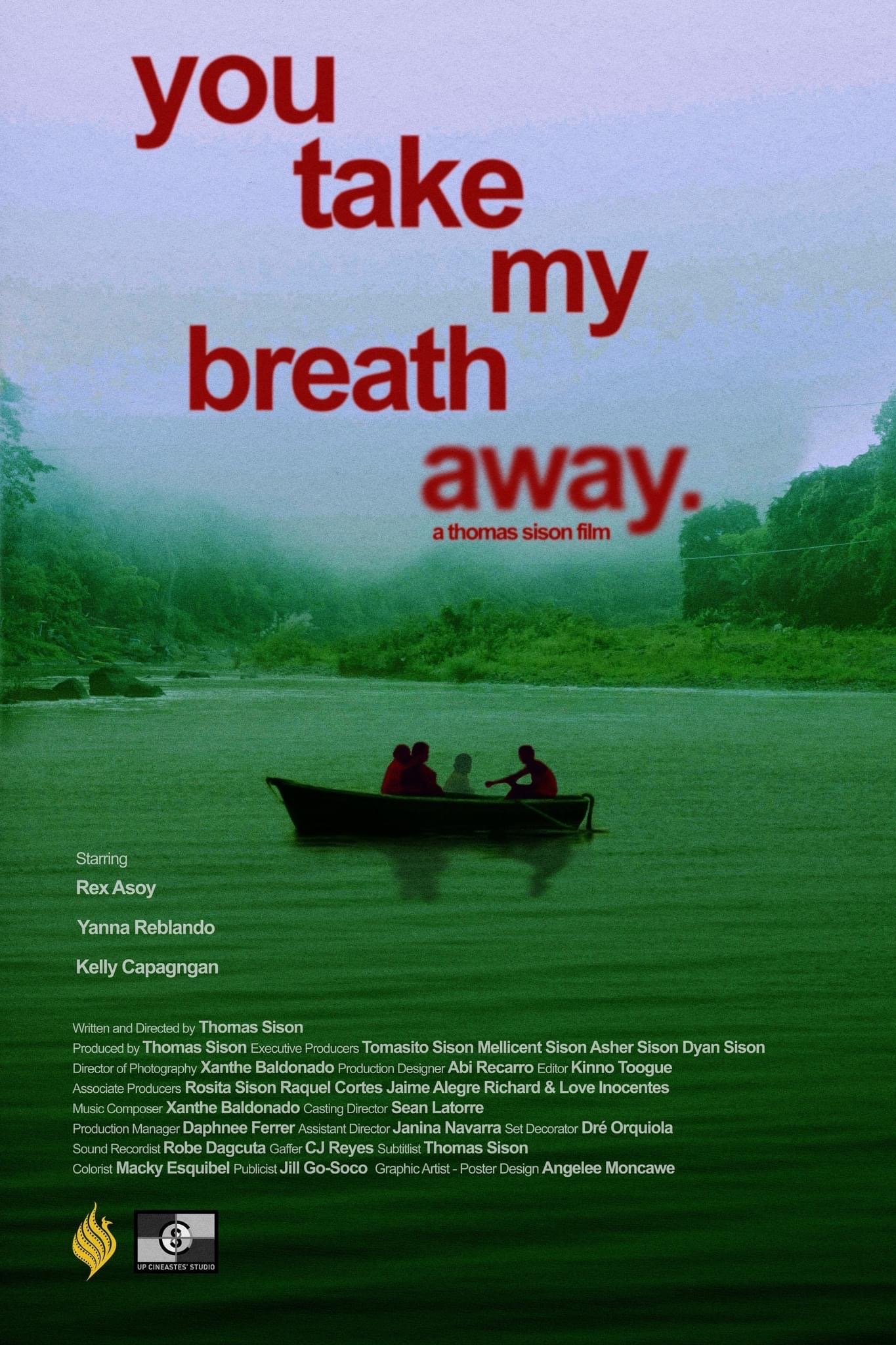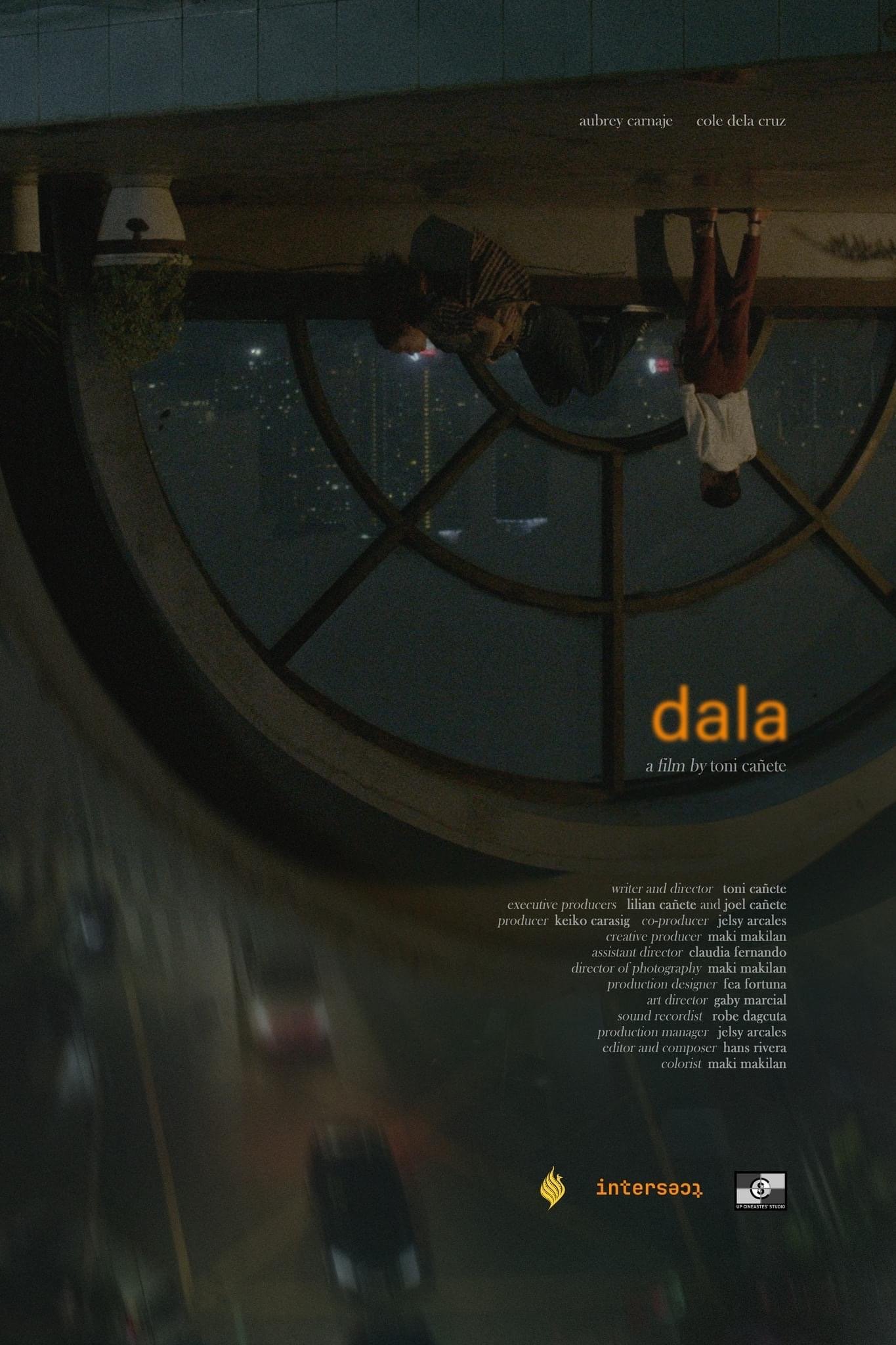Black Beret 2023: Feelings on Death, Legacy, and Everything in Between
Black Beret 2023: Feelings on Death, Legacy, and Everything in Between
Student film showcases can tell the future for any country’s film scene. It’s the incubator for ideas and concepts that are often unexplored or find difficulty in more commercial avenues. It’s the launchpad for many young aspiring filmmakers seeking to etch their mark in the scene. In the University of the Philippines’ case, the Black Beret is an annual showcase of student films produced by students as part of their Directing class. Often, one can glean from such an assortment of works the blueprints that might one day hope to change or improve what is acceptable in a larger space. Even if the intent isn’t commercial, there’s bound to be an aspect of these films that are primed to push an idea forward.
This year’s edition features 14 selections from student filmmakers whose works seem to hover around themes of death, legacy, and everything in between. A couple of films come forward to promote specific causes, others find themselves reflecting on experiences within the city, and the rest focus on incredibly personal stories that explore or navigate each with care. Here’s an attempt to summarize all 14 of those movies and the ways in which they can be fascinating–with other musings caked in between!
You Take My Breath Away.
The showcase starts off with You Take My Breath Away by Thomas Sison. It’s a rather unconventional film exploring the death and memories of a man named Dante, and Rio’s inability to eulogize his friend in a way that justifies his life. Though admittedly awkward considering the sometimes drowned-out dialogue and the off-beat nature of its subtitles, the film does set the stage for what essentially defines most of the first half of films: remembering the past. In a way, that might explain why the film feels like it has characters who feel much older than their youthful appearance sets them out to be: an attempt to recall the past and the ways they felt like before.
yesterday will always be yesterday.
JT Trinidad’s yesterday will always be yesterday is a narrative, albeit unconventional teenage drama surrounding three youths at the end of their high school life. It’s expressed with such an intensely personal attitude that one can glean straight from the director’s literal substitute character, Mike, how much of the film is a reconfiguration of Trinidad's high school life. While this author has personal preferences for some of the director’s previous works, the foundations of yesterday will always be yesterday display a form of storytelling that finds itself quite exciting when propelled into a much lengthier, feature-length equivalent. One would certainly feel the excerpt of its ending message, “High school is a ground for resistance,” an inspiring and potent expression of anger and dissent.
The Flipside
Samantha Cloma’s The Flipside tells the story of a young adult whose return to her home after some transgressions in the city reveal thoughts and reasons as to why she insists to be away from the bothersome noise associated with her home life. It revels in exploring the feeling of escape in a couple of ways, most prevalent being the use of a dream sequence that feels eerie even despite its technical limits. Though it does end on a simplistic, but cathartic conclusion for the main character, there’s still something to be had with The Flipside’s ambivalent feelings for a messy home.
Recuerdo
With Recuerdo, Bane Vicente shares a simple exploration of a home long gone as he visits his old home in the wake of his father’s passing. There’s an ominous feeling to the film as it heavily utilizes silences and the decaying home to communicate nostalgia. Not much else can be said about it in this aspect, but it does feel endearing and sweet like many other shorts in this showcase.
Si Toto Mart
Aia Gertos’ Si Toto Mart is just as equally personal as Recuerdo, in that it is an ode to a deceased family member. As an older sibling and her daughter arrive at their old home to celebrate their deceased’s birthday, the remaining siblings in the household wrestle with some feelings of distance and absence. There’s not much to unpack here, as just like Recuerdo, the film also operates on moments of intense silence which carry the audience into an ending as sweet and as hopeful as the film prior to this.
Floating in Between
In what is this year’s sole animation feature, Ienne Junsay’s Floating in Between treads through hybrid animation to explore adolescent feelings of a childhood long passed. Placing the main character, Ara, in a state where her surroundings are mostly caked in animation, the film is a wonderful expression of nostalgia which it elicits through the sketchbook-like scenery. Literally in its method of mixing realism and animation, the title’s attempt to describe Ara’s anxiety as she searches for a missing journal pierces nostalgia in ways that are just indescribable.
Dogs Don’t Die, They Multiply
It’s fun to be fooled and caught by surprise, which is exactly what Dogs Don’t Die, They Multiply does to its audience. Sourcing its name from the legendary 187 Mobstaz track, Redsh Alba comes out with a freakishly funny, off-kilter, and insane story about two guys who discover the otherworldly powers of marijuana: the ability to communicate and hear the voices of dogs in the distance. Set in a single location, with heavy reliance on subtitles, this incredibly hilarious discovery of the lives of city-dwelling dogs and the surprise attack messaging against animal cruelty (to a certain extent, promoting recreational drug use too!) is such an invitingly hilarious short.
Bilugin Mo Man Ako
An experimental and politically-charged film, Bilugin Mo Man Ako from Joel Ramirez carries a humorous and darkly comical treatment against the pacification and sanitization of rebellious Filipino youth. Set solely through a circular lens, the film takes place inside what is presumably a torture room with a young adult played by JT Trinidad attempting to fight through a wreath-like conditioning device. In its attempts to box and define a rebellious generation, the short is such a darkly comical treatment of rapid-fire images that harken to films like the classic Botika Bituka and the more recent Bold Eagle.
Ang Mga Kahon
Karl Salenda’s Ang Mga Kahon is a thriller whose themes don’t carry much context beyond a poisonous class dynamics thriller involving business subterfuge and a woman killing her way to the top of an unnamed company. In that regard, it’s a well-defined genre film especially in heightening tensions considering the claustrophobic setting. Utilizing a tightly-spaced apartment, the film’s anxiety is shown in full display with the help of characters equally attuned to the cloistered spaces. It sells as much as it can given its confined locale.
Blacklist
With Niño Batac’s Blacklist, the story of overthrowing oppressive authorities finds itself in a smaller setting: student filmmaking. Shot in a found-footage style method where the camera is taken from the perspective of the suffering film crew, the film shows the cyclical nature of power within a film production, and the extent to which it serves as a microcosm of larger Filipino society.
Katulad Mo Rin Ako
Serving as one of the other advocacy films from the showcase, Jan Christian Garcia’s Katulad Mo Rin Ako talks about the struggle and unequal treatment of children growing up with a cleft lip. Though admittedly, this feels weird in many aspects, the least of which being the number of times the coloring just changes too much in one scene. The most apparent one coming from the film’s inability to bridge together its acceptance among peers and the medical facts behind repairing deformities like a cleft lip. Still, it might be sweet in some ways.
Last Full Show
Penned as a love letter to cinema, Last Full Show by Ivan Gentolizo sees a street kid yearning to have an opportunity to watch his first movie in the cinema. It’s quite a tender short, as the film slowly outlines with a bevy of allusions and references to Filipino classics (as well as brief commentaries on their (in)accessibility) the enchanting power that cinema wields in a communal space like the cinema. (Or sometimes, just watching it with friends!)
Dala
Toni Cañete’s Dala sees two women having a solemn conversation on the rooftop of a building somewhere in the city. It’s heavy on the sentiment, as the two reflect on their Bisayan roots, personal legacy, death, and a swarm of other moments and thoughts that last throughout the night. It even toys with the nature of diaspora as the film briefly denies its audience the capacity to know some of their dialogue, as the film is spoken in Bisaya with some English mixed in between. In its entirety though, the film communicates a shared feeling of displacement that anyone living in the city feels on a day-to-day basis.
The Rats of the City
To close this year’s showcase, the day ends with Elaissa Bautista’s Rats of the City. It’s a plotless film that sees a woman in a wedding dress drag herself to different places in the city. She finds herself in a house for sale; in a rickety shower; in an expensive hotel; and various other places. Sometimes, there’s a feeling of domestication. Often, there’s a feeling of constraint conveyed in her nomadic lifestyle. The film is heavily symbolic, with some of the subtext only given out in the film’s closing poem:
The city is one big apartment
For loveless rats like me
And I offer my sincere apologies
If I cannot pay the lease
Of staying for long
It feels intense, silent, and disturbing in its form. It should be noted that the version screened during the showcase was not the intended version. Yet, with what came out, there is still an expression and a message conveyed in the ways she operates with each new place. It’s still haunting and mysterious in the way it speaks to its audience.
Final Thoughts
With this year’s Black Beret showcase, it’s easy to find some type of excitement in the ways that the scene could grow in the future. Much of the summaries written above don’t even touch on the collaborative nature that is espoused within each of these films, as each of them are connected together by the collaboration of its filmmakers in other works. Where one film finds its director, that director is found acting in another. Where one film finds its lead, that lead is producing art for another. The significance of showcases like these come from their technical and thematic expressions. Not often does a showcase like this teach the collaborative nature of filmmaking, especially in expressing ideas on an artistic level like a short. That’s what makes the Black Beret, especially this year, an exciting and interesting experience to have witnessed first hand.



























